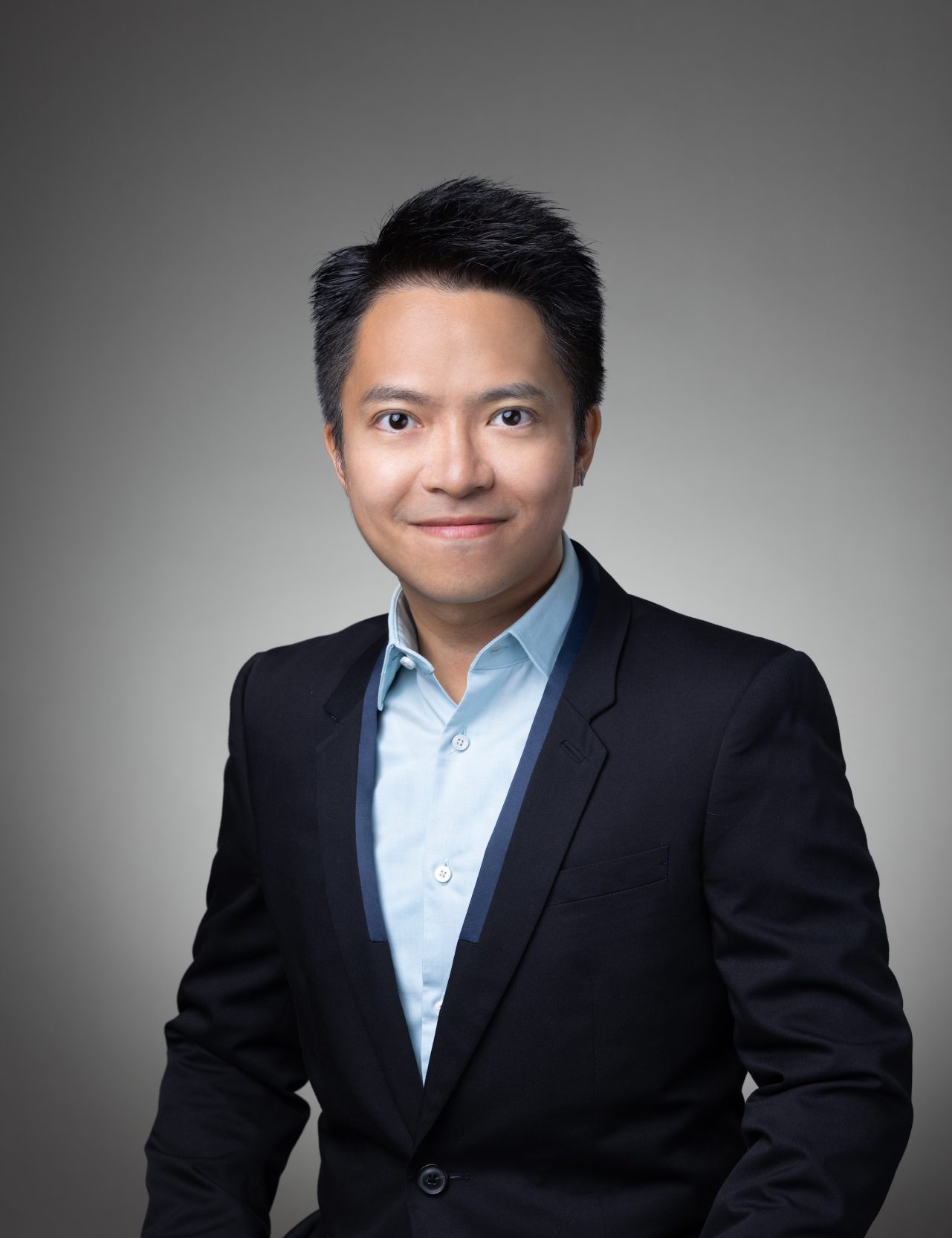
Title: Charles Lieber Accepts Position at Tsinghua’s SIGS in China Following U.S. Legal Struggles Linked to Chinese Research Associations
Prominent nanoscientist Charles Lieber, former chair of the Harvard University chemistry department, has officially become a full-time faculty member and chair professor at the Tsinghua Shenzhen International Graduate School (SIGS), the institution’s highest academic title. This development comes after several years of legal and academic disputes in the United States relating to Lieber’s undisclosed affiliations with Chinese research initiatives. He commenced his role at SIGS on April 28, 2025.
An Acclaimed Scientific Journey and Legal Consequences
Lieber is globally acknowledged for his groundbreaking contributions to nanoscience and bioelectronics. While at Harvard, he emerged as a leading figure in his field. However, in recent years, his achievements were eclipsed by a highly publicized legal matter resulting from the U.S. government’s crackdown on suspected espionage and foreign interference in academia.
In December 2021, Lieber faced convictions on six federal counts for not disclosing significant Chinese research funding, including links to China’s “Thousand Talents Plan.” He reportedly accepted substantial personal income and financial support for his lab in return for his collaboration with Chinese institutions. Despite the potential for 26 years in prison and $1.2 million in penalties, he avoided jail time and was given a sentence of time already served in April 2023.
After his arrest in early 2020, Lieber was placed on paid administrative leave by Harvard and officially retired in February 2023.
A Fresh Start in China
Tsinghua SIGS, a branch of one of China’s leading universities, warmly embraced Lieber. By naming him a chair professor, the school granted him its highest academic distinction. Officials at Tsinghua SIGS are hopeful that Lieber will significantly bolster their research in materials science and biomedical engineering.
“The appointment of Professor Charles Lieber will greatly progress materials science and biomedical engineering advancements at Tsinghua University and Shenzhen,” stated Wang Hongwei, SIGS’s vice president. “This will promote deep interdisciplinary cooperation among domestic and international research teams and aid in the development of a new generation of leading scientists.”
The institution’s dean, Ouyang Zheng, shared this enthusiasm, asserting that Lieber’s inclusion will contribute to building a “world-class scholarly community” at Tsinghua SIGS.
Lieber himself has voiced excitement about his new academic setting. “The vibrancy and innovative spirit of Shenzhen resonate perfectly with my vision of collaboratively establishing a global scientific hub here,” he remarked.
China’s Strategic Move in Scientific Investment
China’s efforts to attract Western scientific talent, particularly eminent researchers like Lieber, are considered a strategic initiative to enhance its innovation prowess. As the U.S. grows more cautious regarding collaborations with Chinese entities, China has successfully recruited displaced or dissatisfied scholars, especially those of Chinese descent or affected by legal and political pressures in the West.
One prominent supporter of Lieber’s move to China is Xiaoxing Xi, a physics professor at Temple University who was wrongly accused of espionage by U.S. officials in 2015 — a case that was ultimately dismissed. “Lieber is one of the most brilliant minds in nanotechnology, and now he cannot continue his work in the United States,” Xi told Chemistry World. “Now he finds this opportunity in China, which is beneficial for China.”
Reflecting on his own experience, Xi emphasized the difficulties many researchers face in the U.S., particularly those of Chinese descent. “Everyone is concerned about their funding being reduced. I’m confident that China will provide Lieber with significant resources, and we will witness considerable productivity from his lab,” he commented.
Concerns About the U.S. Research Environment
Xi also highlighted the increasing worries within the U.S. academic community regarding disclosure regulations, funding delays, and trepidations about legal complications. “Here in the United States, I have not been conducting research as frequently as I used to, and I know many Chinese scientists who have faced similar challenges,” he stated. “There are numerous disclosure regulations — if you make an error, you could face severe repercussions. That’s extremely crippling for research endeavors.”
This perspective mirrors broader tensions within the U.S. academic sector, especially against the backdrop of policies associated with the now-defunct China Initiative — a U.S. Department of Justice program designed to combat economic espionage, which faced backlash for racial profiling and targeting academics without compelling evidence.
A New Path Ahead
Charles Lieber’s choice to pursue his academic career in China signifies a significant transformation from his high-profile U.S. career towards a new phase in international research collaboration. This shift poignantly illustrates how geopolitical strains are reshaping the global scientific landscape, potentially turning borders into gateways for innovation elsewhere.
As he embarks on teaching and researching in Shenzhen, Lieber’s narrative stands as both